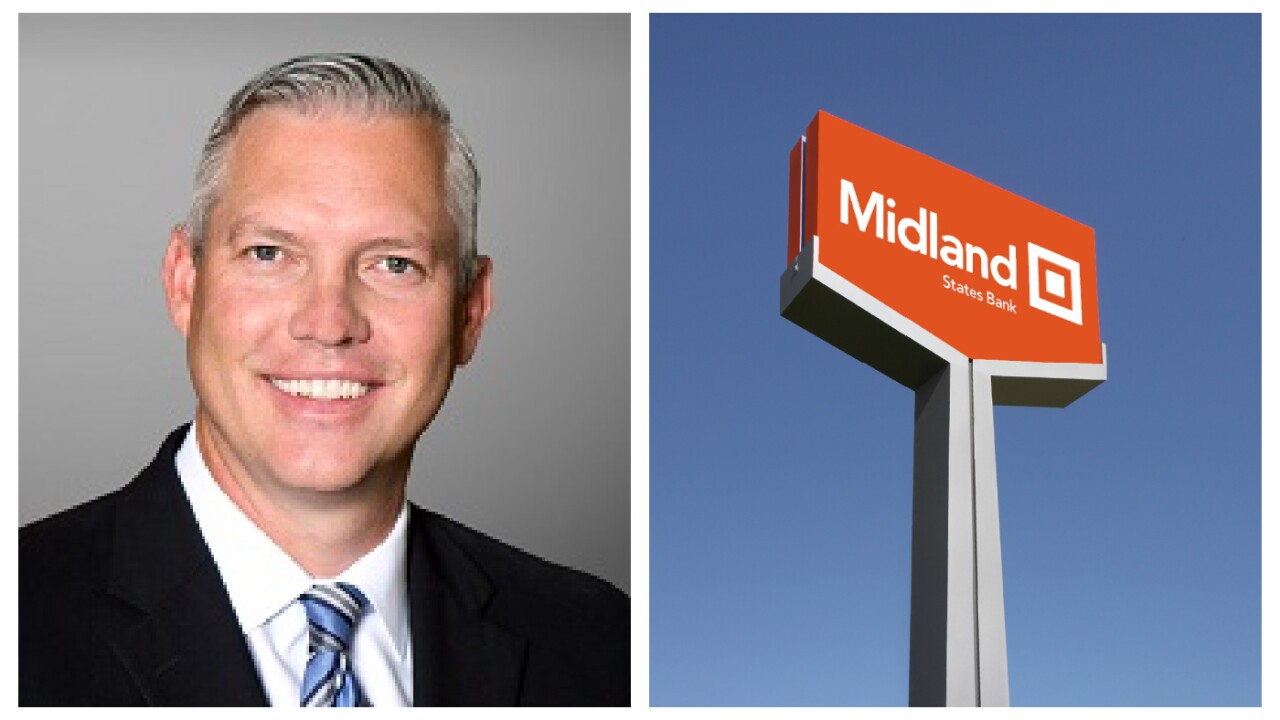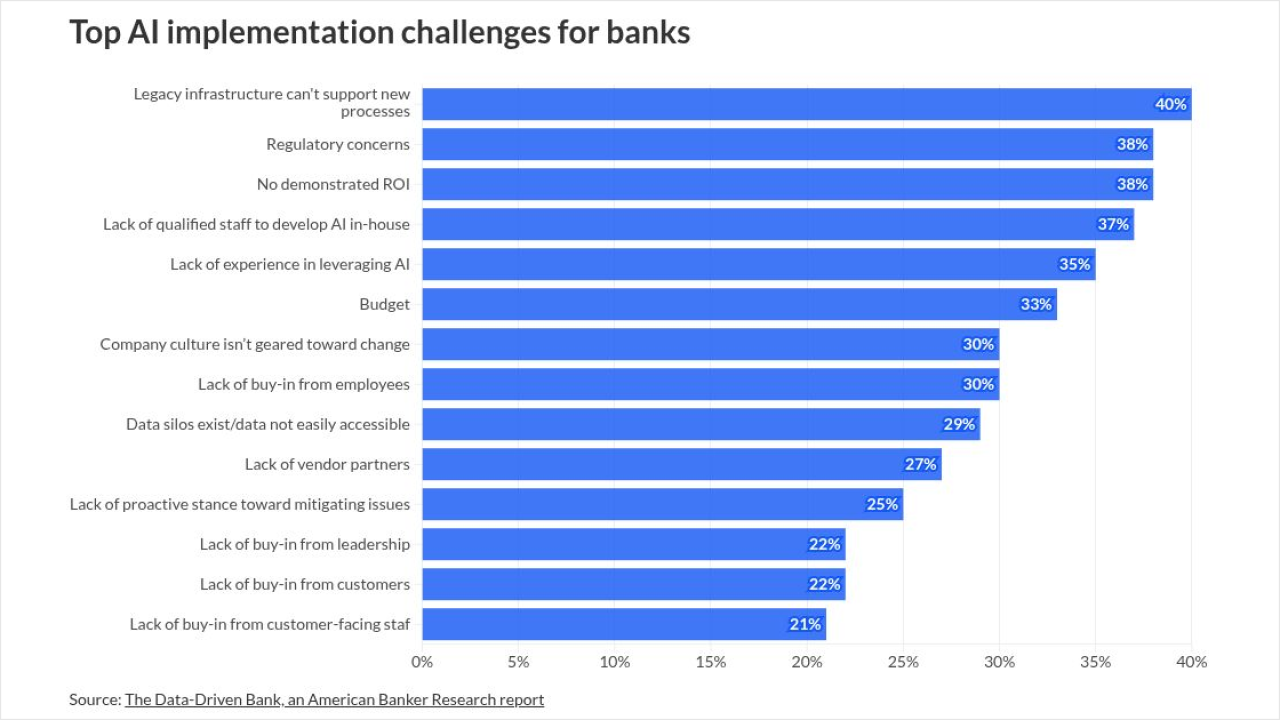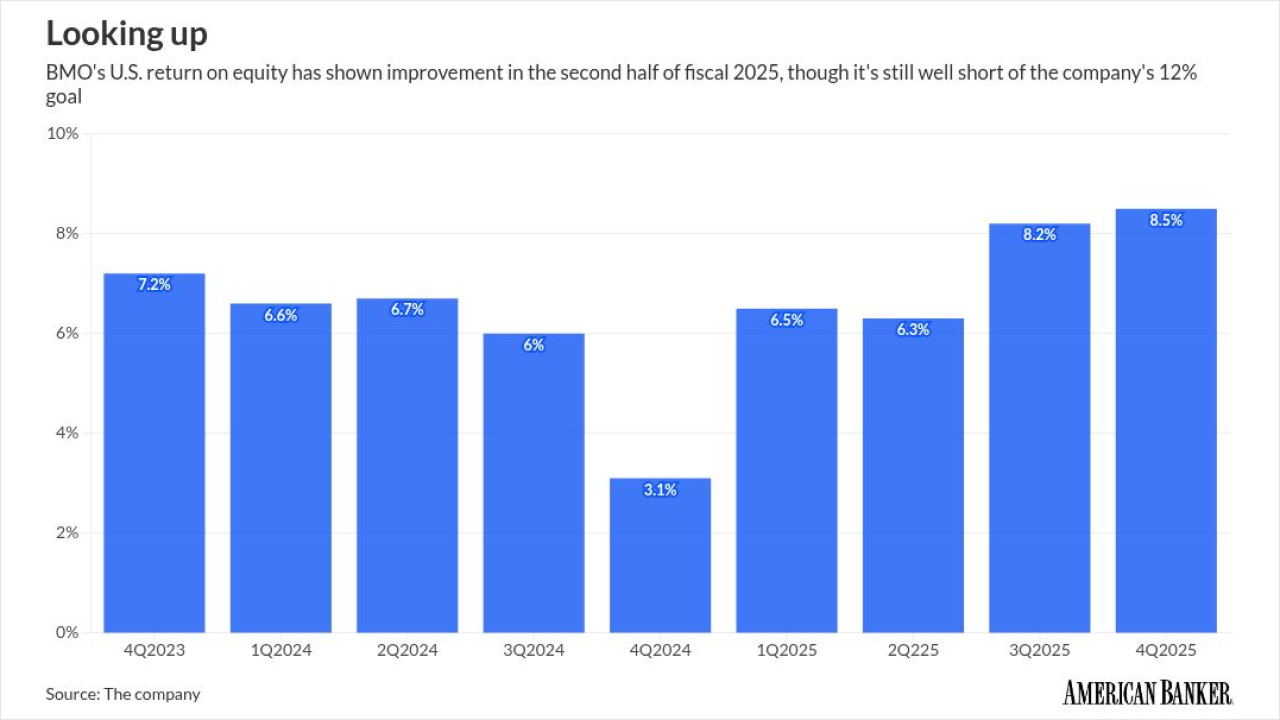-
James Herbert's bank is thriving by delivering top-notch service and maintaining strict underwriting standards at a time when many banks are struggling to increase revenues and undercutting each other to win loan business.
December 21 -
The Interfaith Center on Corporate Responsibility says a report scheduled to be released by year's end will go a long way toward restoring the bank's credibility with shareholders following a string of legal skirmishes. The group is also pushing for changes at Bank of America and Wells Fargo.
December 16 -
Federal Reserve Board Gov. Daniel Tarullo issued a stark warning to bankers Monday to improve their culture and ensure employees are not behaving badly before regulators are forced to do it for them.
October 20 -
Regulators see reviving a 2011 proposal addressing incentives in bank pay as a way to deal with cultural problems at banks and bad behavior by their employees.
October 20 -
Federal Reserve Gov. Daniel Tarullo on Monday said a slew of new regulations imposed on the biggest U.S. financial institutions should influence how banks make risky bets.
June 9 -
The regulatory focus must shift from prohibiting undesirable risk behavior to changing the incentives that cause that behavior.
May 29
If you haven't already, go read my colleague Alan Kline's
The bank has also taken the concept of
skin in the game to a whole new level. It has a clawback policy in place that says if a loan goes bad within the first three or four years, loan officers will be the first to absorb the loss even though loans themselves are approved by the credit department."If a loan goes bad in first three or four years, you take the first hit," Herbert said. "And if you made X on that loan, we will claw back between four and six times that."
The benefits of the policy, which has been in place since day one, are that lenders pay ultraclose attention to credits and learn how to work out loan problems if they develop, Herbert said.
It's also a good way to screen job candidates.
"People you are interviewing always know their credit history better than you do," said Herbert. "If they see there's a clawback they may not come in for that next interview."
When I first read that passage, I wondered, shouldn't all banks do something like this? True, First Republic is well positioned to have such a policy because it caters to wealthy customers in select urban markets who rarely default on their loans. Also, First Republic clients generally have a single point of contact. At a nationwide retail bank, it would be harder to pin a loan's performance on a single individual.
Still, one of the lessons of the financial crisis was the importance of skin in the game ensuring that the parties making decisions about risk share at least some of the downside, not just the upside. It's the theory behind the
Incentives for companies aren't the same thing as incentives for people, however. QRM doesn't solve the problem of "
Without accountability, risks will keep going because people will hide them, and we had a system in ancient societies for that. That's Hammurabi's Law. Hammurabi understood risks very well. And it was as follows: if the house collapses and kills the owner of the house, the architect is put to death. Why? Not to punish people. As a deterrent, because no inspector, no regulator, nobody will ever know more about what's in a foundation than the architect himself.
Presumably, the same principle applies to loan portfolios no one would know more about what's in them than the loan officers.
Federal Reserve Gov. Daniel Tarullo has spoken recently about compensation clawbacks as a way to
In a survey this year by Chase Comp Group, about 20% of banks said they had clawback policies for commercial lenders, up slightly from 17% in 2011. Another 10% of respondents told the Atlanta-based consulting firm they planned to implement such policies in the near future.
More than half of the surveyed banks with clawback policies gave themselves one to three years to recoup pay from their lenders, while 17% had indefinite recovery periods. Generally, these policies allowed the bank to claw back "incentives that are based on fraudulent activity, material misstatements, or inaccurate performance calculations," Chase Comp said. (A slightly higher proportion 24% of banks in a 2013 survey by the firm reported clawback provisions for mortgage loan officers, off a percentage point from 2011.)
In an article this month in The Atlantic bemoaning
The "heads, I win; tails, you lose" compensation system also remains in place. Bankers and traders have every incentive to swing for the fences in order to get multimillion-dollar bonuses. If their bank blows up because of their shortsighted or overly risky actions, their own capital is not on the line.
Commercial banking isn't the same business as investment banking, of course. And one might argue it would be a bad thing if all banks required skin in the game from loan officers, since they'd be reluctant to take a chance on certain borrowers and that could stymie growth.
Short of First Republic's approach, are there other ways to give individual originators a stake in the long-term performance of the loans they make? And should more banks be trying to achieve that goal? Share your thoughts in the comments section below.
Marc Hochstein is the editor in chief of American Banker. The views expressed are his own.





